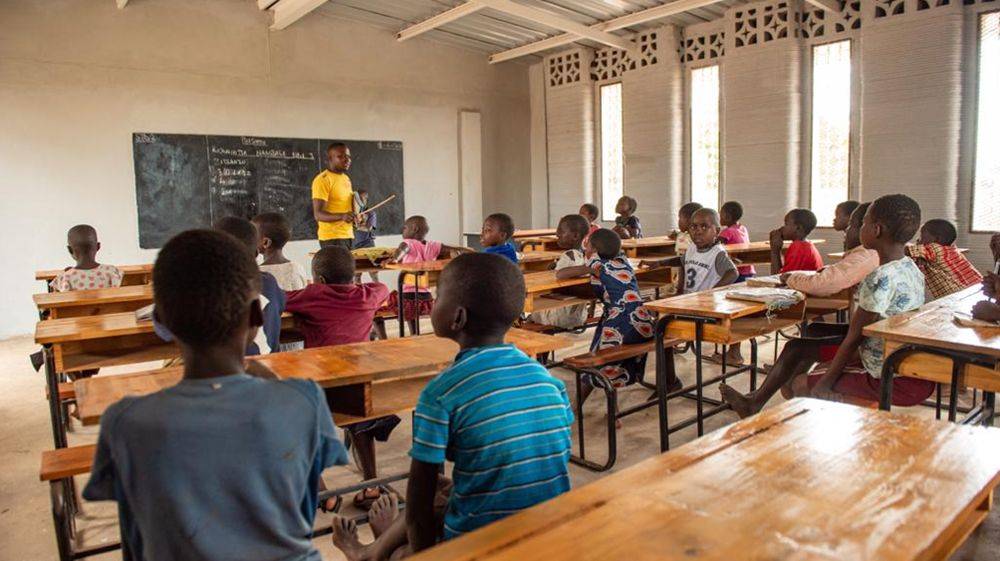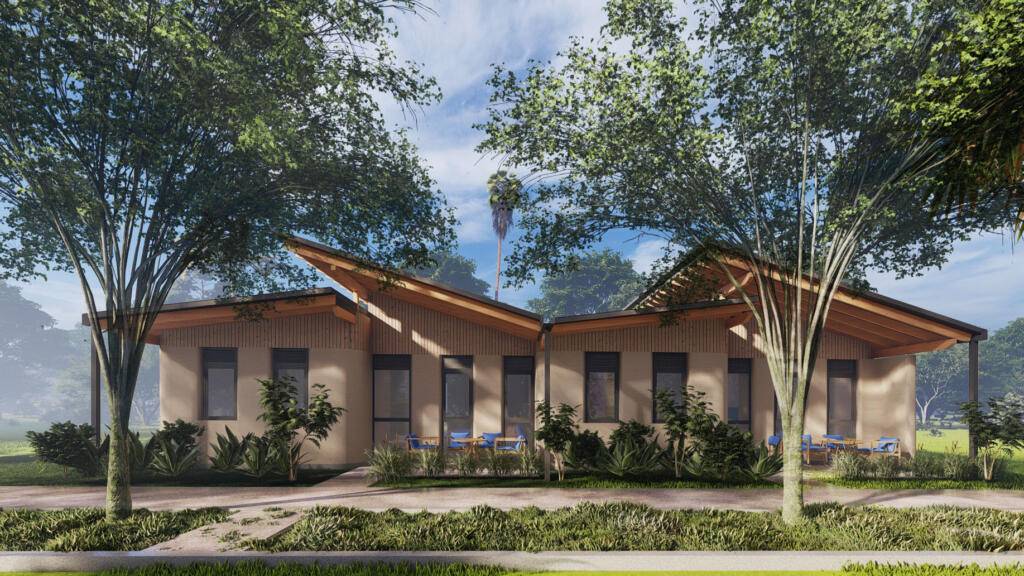Amazon’s Climate Pledge Fund has joined founding investors Holcim and British International Investment (BII) in a Series A-1 investment round for 14Trees, a company specializing in 3D printing technology for construction. This strategic funding positions the tech company to enhance sustainable building practices across Europe and the United States, focusing on low-carbon infrastructure and innovative construction methods.
The investment enables the company to deploy its proprietary 3D printing technology—including advanced printers, specialized software, and sustainable construction materials—in collaboration with Amazon and Holcim on pilot projects. These initiatives aim to develop state-of-the-art, low-carbon data centers, large-scale buildings, and utilities, significantly reducing environmental impact.
Founded in 2016 as a joint venture between Holcim and BII, the joint venture has been at the forefront of 3D printing for construction in Africa, delivering projects such as the first 3D printed house on the continent, the world’s first 3D printed schools, and one of the largest 3D printed neighborhoods worldwide. In 2023, they launched its proprietary technology, IROKO, aimed at making construction 3D printing more accessible and efficient.

Amazon’s Climate Pledge Fund focuses on investing in companies developing sustainable technologies. Phoebe Wang, Investment Partner at the fund, stated, “Investing in 14Trees aligns with our goal to deploy new sustainable materials and methods for low-carbon building. We are excited to collaborate on scaling this innovative technology globally.”
“Welcoming Amazon as an investor is a significant milestone for us,” said François Perrot, Managing Director at 14Trees. “With continued support from Holcim and BII, we are poised to deliver 3D printed homes, schools, and commercial real estate that are both sustainable and high-performance.”
Holcim, a global leader in building materials, brings extensive industry experience to the partnership. “14Trees’ pioneering 3D printing technology pushes the boundaries of smart design to build better with less,” commented Alfonso Paradinas Aguilera, Chief Marketing Officer at Holcim. “By investing alongside Amazon, we aim to innovate in data center construction and support the development of sustainable infrastructure.”
Sustainable Innovations in 3D Printed Construction
Mighty Buildings recently partnered with multinational conglomerate Honeywell to integrate eco-friendly insulation into its 3D printed homes. By replacing traditional foam insulation with Honeywell’s Solstice Liquid Blowing Agent (LBA), which has a global warming potential (GWP) of just 1—99.9% lower than conventional agents—Mighty Buildings aims to reduce carbon emissions and enhance the energy efficiency of its buildings. This partnership enables the production of strong, energy-efficient building panels that support near-zero waste and faster construction timelines.
In another initiative, the United Nations Development Programme (UNDP) is working with Italian 3D printing firm WASP to build sustainable housing in Colombia. Making use of the Crane WASP 3D printer, which employs local materials like soil and agricultural waste, the project targets hard-to-reach areas with limited infrastructure. The Infinity 3D printer’s versatility and low energy consumption make it ideal for remote locations, facilitating the creation of affordable, sustainable housing while minimizing environmental impact.



